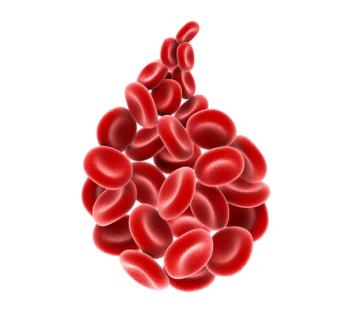
Laparoscopy Yields Increased Surgical Outcomes in Colorectal Cancer
Laparoscopy may reduce the degree of pain or length of hospital stay compared with open surgery for patients with colorectal cancer.
Episodes in this series
Surgical treatment with laparoscopy or robotic tools has become the standard of care for patients with colorectal cancer (CRC), according to Gregory Charak, MD.
In a conversation with CancerNetwork®, Charak, a board-certified colorectal surgeon at Palisades Medical Center and Hackensack University Medical Center of Hackensack Meridian Health, highlighted laparoscopy as a key advancement in the surgical management of CRC, which has produced improvements related to hospital stay durations and pain for patients compared with other techniques. He also discussed factors he considered for selecting the use of laparoscopy over standard open surgery.
In most cases, laparoscopic or robotic surgery are the preferred modalities that Charak offers, as they appear to confer the best surgical outcomes while minimizing trauma for patients. However, he said he may still consider the use of open surgery depending on factors such as the size of the patient’s tumor.
Transcript:
Probably in the last 20 years, the biggest advance surgically has been moving to minimally invasive techniques. Laparoscopy and robotics have become more or less the standard of care with our approach to cancer surgery whenever possible. That makes for better outcomes for our patients.
Long story short, whenever possible, we attempt to do laparoscopic surgery or robotic surgery—the 2 are interchangeable—to get the best outcome for our patients with the least trauma. At the end of the day, what you’re doing to the tissues inside the body is the same. To a certain extent, the invasiveness is the same. The degree of pain and the length of hospital stay can be improved with minimally invasive techniques. If open surgery is required to cure cancer, for example, because of the size of the tumor or other factors, we don’t hesitate to do surgery that way either. We do whatever is best for the patient in that situation.
Newsletter
Stay up to date on recent advances in the multidisciplinary approach to cancer.




















































































